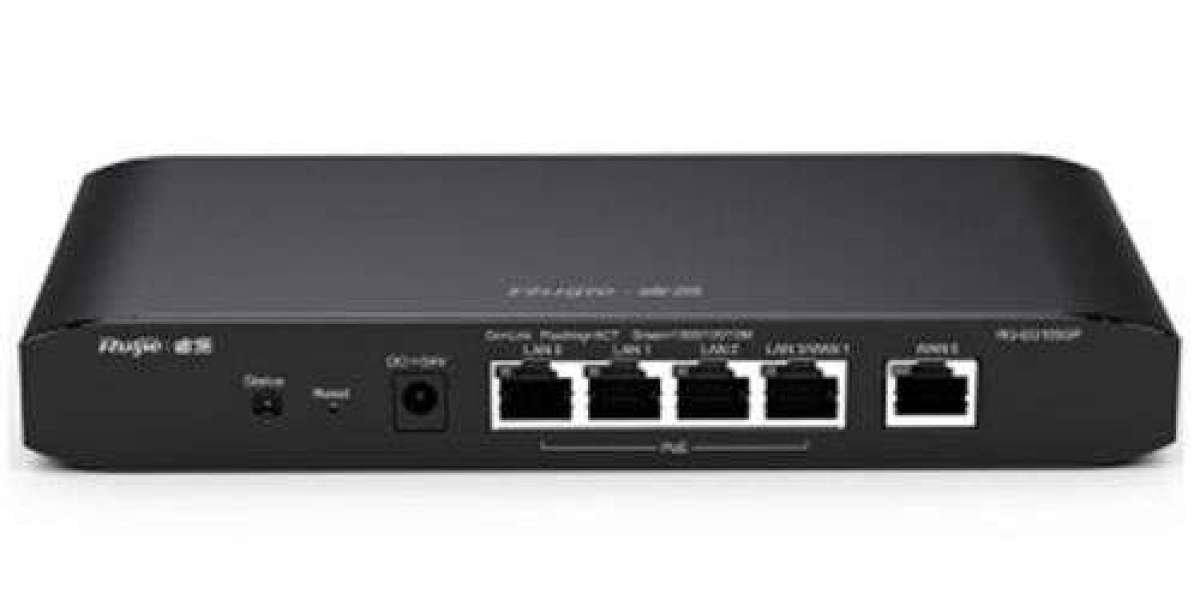A blockchain is a transparent ledger of cryptocurrency transactions built on a complex framework involving hashes, smart contract protocols, and other technical elements. Because knowing these elements can be complex, a unique tool called the crypto explorer provides a user-friendly interface for users to view these transactions. These trackers follow the principles of transparency and decentralization inherent in the cryptocurrency industry. Cryptocurrency users and enthusiasts use these tools to find cryptocurrency transfer records, trace the source of transactions, and the tech-savvy will find more advanced and effective tools.
Learn about blockchain browsers
Websites and platforms known as blockchain browsers provide real-time insights into the blockchain, with a particular focus on cryptocurrency transactions, wallet addresses, and transaction states (whether confirmed or unconfirmed). The browser utilizes apis and nodes from various blockchains and networks to provide real-time data on cryptocurrency transfers and updates to the blockchain network.
Users can use the wallet address or transaction ID to view their cryptocurrency transfer data and see the transaction status, timestamp, and blockchain where the transaction was executed.
The blockchain browser can be used to find more information that traditional users might not notice, such as the number of blocks generated, smart contract cryptography, burned tokens (if applicable), gas limits per transaction, and the overall health of the blockchain. Cryptocurrency traders also use browser terminals to track well-known wallets and speculate on potential price movements and market trends. The browser also displays the encrypted wallet addresses of the sender and receiver as well as previous transactions of any wallet.
Features of blockchain browser
Blockchain transaction Checker is useful for a number of reasons, allowing users to view wallet transactions, track the time stamp of each transfer, and gas bills.
The block browser can also be used to track fraudulent transactions, eliminating the possibility of participating in illegal transactions or becoming a victim. Let's outline some of the main use cases for blockchain browsers.
Use a database to record all transactions
The Blockchain browser shows what a public ledger of crypto transactions looks like, recording all transfers between crypto wallets on the relevant blockchain. Users can also view historical transactions for any wallet address and the value of each cryptocurrency transfer. The wallet address can be found in the search bar, which displays the balance and transaction history. However, the wallet owner's information is not displayed, which protects identity privacy.
It is worth noting that unless a generic browser website is used to display transactions and information conducted on that network, the browser is associated with a particular blockchain.
Show smart contracts and crypto cryptography
The blockchain browser displays advanced information and details, such as block information (used to record transactions), and then other details recorded in the same block can be viewed.
Users can also view the activities of miners and validators who mine, verify crypto transactions, solve complex arithmetic equations using crypto cryptography, and receive rewards that motivate them to continue mining. The verifier also gets voting rights, which are displayed in the verifier Leadership information, which includes the first/last verified block, smart contract, last activity, etc.
Transaction details
Transactions are represented by hashes, which may have different names, such as Hash ID, TxHash, or TxID, which stand for proof of payment and track transaction status and details.
Transaction details on the browser include information such as sender/receiver wallet address, transaction time and transfer amount. Users can also see the verification nodes that helped verify the transaction, burned gas and the associated fees, as well as how many blocks the transfer contributed to.


![Consumer Camera Drones Market Performance Evaluation [2023-2031]](https://www.flexsocialbox.com/upload/photos/2023/10/rO2pKcRN8zHWy9pwGElr_11_f8be3903d07754e0594b1bf055bc2373_image.jpg)
